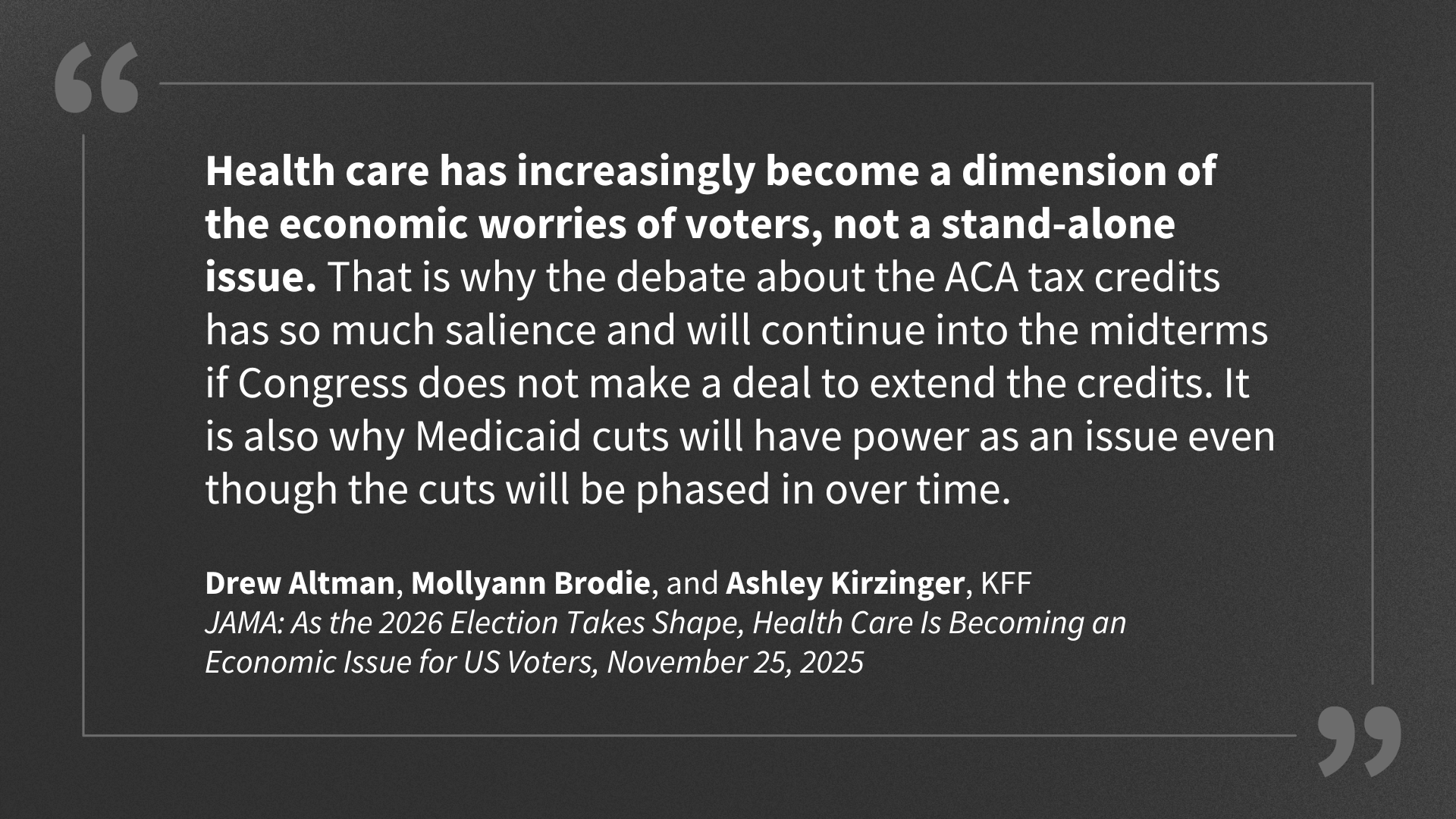Why Invest in Healthcare: 7 Trends to Watch
In the U.S., healthcare is a $4.3 trillion industry. But beyond its sheer size, there are a range of convincing reasons why the space is worthy of consideration by investors.
During the 2024 Benzinga Virtual Healthcare Summit, ICR Westwicke’s Mark Klausner, Co-Founder and Managing Partner, and Sameer Khambadkone, Partner and Head of Healthcare Capital Markets, discussed emerging trends in the healthcare sector and why investors should consider financing the exciting innovations in the industry.
Why Invest in Healthcare?
The U.S. currently spends about 18% of its gross domestic product (GDP) on healthcare — the highest share of major economies. But it’s not just the size of the industry that makes it a good investment. “It’s a defensive sector,” explains Klausner. Over the past year or so, when other market indices declined, healthcare generally saw milder drops. “It’s a place where you can park your money when times aren’t necessarily good,” he says.
Klausner offers another reason why it’s a beneficial investment: “You can pick and choose your risk tolerance,” he says. Lower risk investors can opt for established, high-revenue, dividend-paying companies like Medtronic or Pfizer, while high-risk investors may prefer to hedge their bets on more speculative biotech companies that, if successful, could offer higher rewards.
And while the IPO market has been down for the past couple of years, the pendulum is beginning to swing the other way, with most experts anticipating increased IPO and M&A activity in the coming months. “We expect that the biotech market will continue to be pretty active through the course of 2024, with some really high-quality companies going public,” says Khambadkone.
Evolving Investor Perceptions of Healthcare
COVID-19 sparked major change in the healthcare sector, leading to shifts in investor perceptions. Perhaps most notably, retail investors became more aware of emerging healthcare technology. Prior to the pandemic, only research analysts and institutional investors who were deep in the healthcare investing space had much knowledge of these complex technologies. But with constant news coverage and updates around innovations such as mRNA vaccines and PCR tests, those once-niche technologies became well-known to the general public.
“These became very much on people’s tongues,” says Khambadkone. “Everyone was talking about Moderna versus BioNTech and things like that.”
With that evolution came a dramatic shift in healthcare companies’ growth strategies. Leading up to and during the height of the pandemic, there was a “growth at all costs” mindset, and investors were willing to invest in earlier stage companies, explains Khambadkone.
Then, capital markets got tighter, and companies had to focus on preserving capital. This pushed them to hone in on their mission and prioritize slower but more sustainable growth. “Now we’re at an inflection point,” says Klausner. “We’re beginning to see investors open up the checkbook and be willing to fund companies a bit more.”
Healthcare Trends to Watch
As innovation in the healthcare sector continues, investors should keep an eye on the following emerging and evolving trends:
1. Telemedicine
While telemedicine has existed in some form for decades, COVID-19 made it an everyday utility. Telehealth visits jumped from 840,000 in 2019 to 52.7 million in 2020, and in 2021, 37% of adults used telemedicine. As a result, telemedicine-based companies have seen incredible growth and brand recognition. Teladoc, for instance, was a public company well before the pandemic, “but it wasn’t on the individual person’s radar screen,” says Khambadkone. Now, the company — and telemedicine in general — is a well-known option for convenient medical visits.
2. Personalized Medicine
Advancing technology makes it possible to personalize a consumer’s experience — and that now extends to medicine. “Personalized medicine takes the genome and tries to create medicines tailored to an individual, rather than just using a population-based medicine,” explains Klausner.
3. Robotics
Robotics offer a path to precise and more convenient surgery options. There may be only a small number of physicians who offer specific types of surgeries — and they can be located many states or even countries away from the patient. “That’s where the tools and innovation side of [robotics] could help,” Klausner says.
4. Wearables
Wearable healthcare technology has come a long way from simply counting steps. Today, patients and physicians can use wearable technology and remote patient monitoring to track vital signs like heart rate, blood pressure, and glucose levels. “So it can provide the patient with data to do things differently or provide the physician with data to adjust medicine over time,” says Klausner. “And as those devices become more ubiquitous and more connected, this will tie into an even better ability to provide care from a remote setting.”
5. Tools
“There’s a revolution happening in the tool space,” says Khambadkone. He explains that historically, hospitals and health centers would need to send tests to a lab for sequencing. Today, there are a number of companies in the tool space trying to democratize sequencing, with the aim of providing rural and community hospitals with access to diagnostic tools in a quicker timeframe.
6. Metabolic Health
There is a clear and growing focus on metabolic health in the U.S. “Not a day goes by when you don’t hear about GLP-1 drugs,” says Khambadkone, referring to diabetes injections such as Ozempic. But innovative companies are taking that a step further to address “in-between” care. Khambadkone explains that often, patients will be labeled as pre-diabetic and given six months to change their diet and exercise habits. “But that’s not care, right?” he says. These companies step in during that window of time to provide coaching to help patients successfully navigate those months and try to reverse their diagnosis.
7. Behavioral Health
“Another massive transformation that happened after COVID is the idea that needing help for your mental health is not taboo anymore,” says Khambadkone. Now, companies are approaching it with a range of different models — B2B, B2C, or B2B2C — with several aiming to go public within the next two to three years.
The healthcare industry is rife with innovation — making it rife with opportunity for both institutional and retail investors. For a closer look at the future of healthcare investing, listen to the full discussion between Klausner and Khambadkone — and don’t miss the summit keynote by ICR President Don Duffy for additional insight into healthcare M&A activity.
Publisher: Source link









